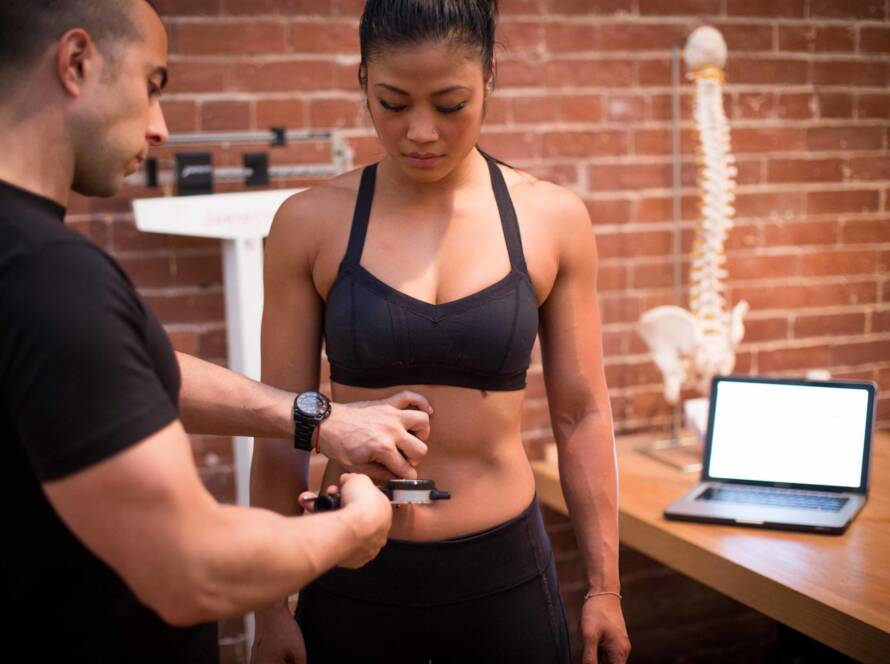Are you hunched over all day? Do you have rounded shoulders? Suffering from neck and shoulder pain?
Most of the population spend their days internally rotated, going to the gym to work chest and back, neglecting the small but essential rotator cuff muscles that keep their shoulder girdle in balance. When the external rotators are neglected, shoulder problems can arise and the prime movers will shut down when under high tension, and you may experience a sharp pain in the front of your shoulder.
Your rotator cuff muscles should be able to lift at least 10% of your bench press. The good news is, once your external rotators are able to perform under high loads, you will directly improve your larger pressing and pulling movements.
Six ways to prevent and rehabilitate shoulder injuries
- Emphasise a full range of motion. Pay attention to the eccentric motion (lowering of the resistance) to a completely stretched position.
- Improve internal rotation. By increasing the range of motion of the antagonist muscles between sets, you increase motor unit activation of the prime movers. An effective method is PNF.
- Apply gradual overload. Start with low weight to improve motor patterns, but eventually you will want to use a challenging weight.
- Maintain proper head and wrist position. Keep the wrist in a neutral position to minimize the stress on the elbows. Proper head position reduces strain on the neck.
- Always train the non-dominant arm first. The number of repetitions done by your weaker arm will determine how many reps you do for your dominant arm. Performing extra reps on the weaker side can allow it to catch up.
- Use soft tissue techniques, such as ART. A qualified practitioner who will release the muscles around the shoulder girdle and forearm will help improve your movement. The deep and superficial forearm flexors, infraspinatus, latissimus dorsi, long head of the triceps, subscapularis, teres major and teres minor can all contribute to imbalance of your shoulder girdle.
A strong, functional shoulder girdle translates to better performance in sports and daily activities. Unsure where to start? Find a trainer and a therapist to help you improve your shoulder girdle balance.





